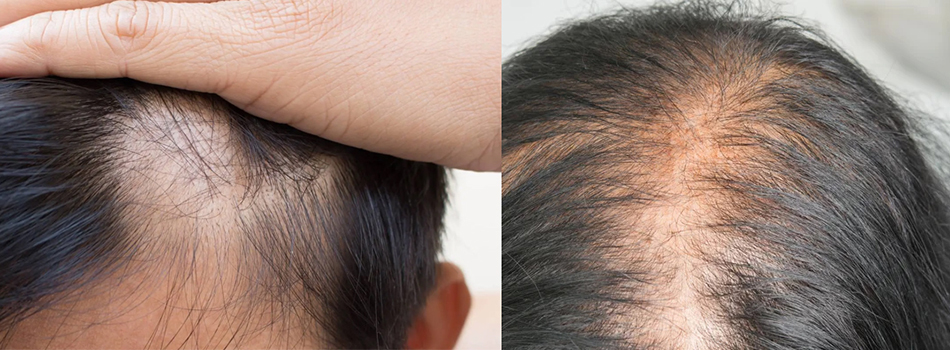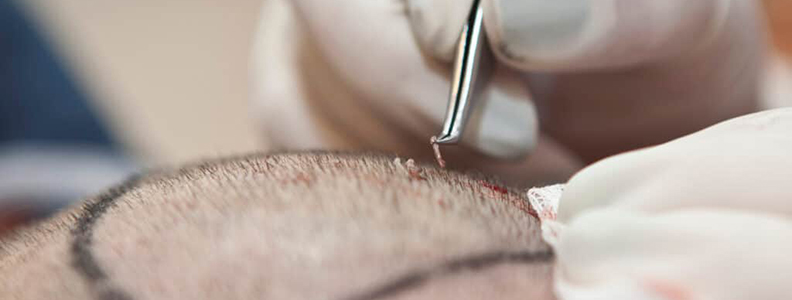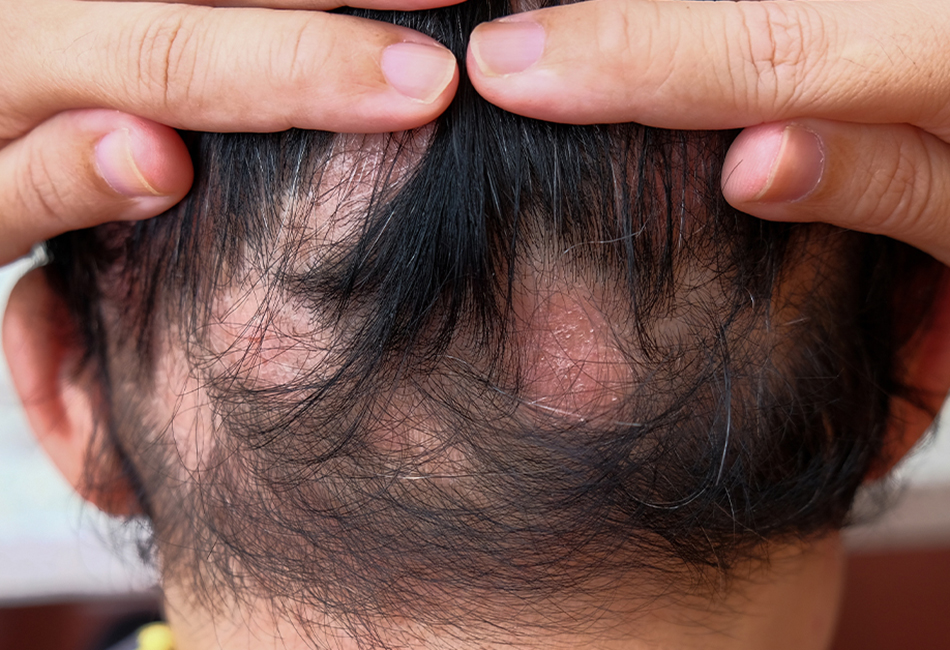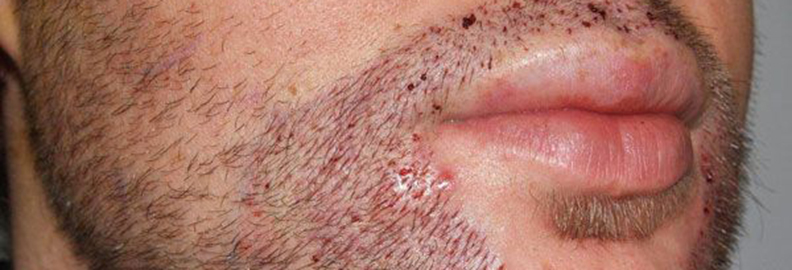
HAIR TRANSPLANT IN DELHI
Dr Jyoti Gupta is a certified hair transplant surgeon and has worked for almost 10 years for hair transplant in South Delhi. Males, most commonly suffer from pattern baldness. It usually begins from the top of the forehead and the crown. However, regardless of the severity of baldness, there will always be a patch of permanent hair, in the shape of horseshoe, present at the sides and the back of head. Hair fall does not occur in this area because these hair follicles are genetically resistant to the hormone dihydrotestosterone that is mainly responsible for hair fall. This region of permanent hair growth helps in your hair transplantation. As these hair strands withstand hair fall, they are transplanted to the bald areas. They grow and survive permanently, covering your bald patches.
How can we help?
Hair transplant is a procedure that uses micrografting technology to donate your own hair follicles to other areas of your scalp that are thinning. The results of a hair transplant are visibly long-lasting and are considered to be permanent. But many reasons like smoking, diabetics, scalp not being healthy and other skin conditions can decrease its efficiency.
If done in improper hands, there can be scarring left for a long time. A hair transplant requires precision and artistry. If not achieved, you may have to live with an unnatural hairline for life.
Anywhere between 18 – 60 years is an appropriate age for hair transplant. In selected cases, less than 18 or more than 60 years of age can also go for a transplant.
A hair transplant is done under local anaesthesia. The only pain felt is while giving this part of anaesthesia. If done correctly, then the patient should not feel any pain after this.
Hair transplant surgeons can identify easily the signs of hair transplant, but normal people should not be able to identify it, provided the results achieved are complete and natural..
There are many conditions other than androgenetic alopecia which can cause baldness irrespective of hair transplant. If you are suffering from those like alopecia areata, thyroid diseases, you can lose transplanted hair too. The transplanted hair is otherwise considered permanent as they are derived from the donor area which is permanent but if you are losing hair from your donor area, then transplanted hair can also go away.





